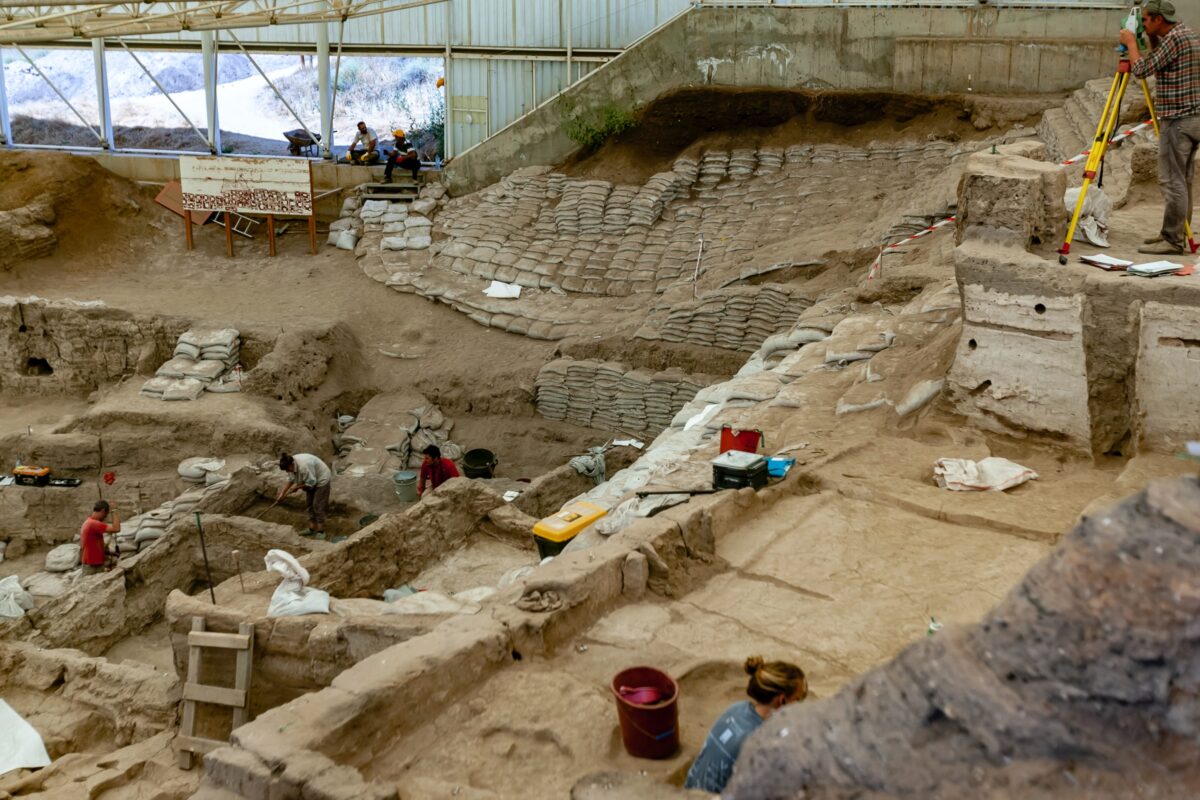You missed the solstice at Stonehenge, did you? There’s still time to catch Manhattanhenge, when the setting sun aligns with the Manhattan street grid and bathes the urban canyons in a rosy glow.
The final two sunsets at Manhattanhenge in 2022 will occur on Monday and Tuesday.
Where does the name of Manhattanhenge come from?
The phrase was first used in a 1997 article in the journal Natural History by astronomer Neil deGrasse Tyson. Tyson, the head of the Hayden Planetarium at the American Museum of Natural History in New York, has acknowledged that a teenage trip to Stonehenge served as his inspiration.
The scientist who first suggested that Stonehenge’s mystery megaliths were an ancient astronomical observatory was Gerald Hawkins, who would later host television programs including PBS’ “Nova ScienceNow.” Gerald Hawkins was also a member of the expedition.
Tyson, a resident of New York, had the thought that the setting sun, framed by the skyscrapers of Manhattan, was similar to the sun’s rays hitting the middle of the Stonehenge circle on the solstice.
The designers of Manhattan did not intend to channel the sun, unlike the Neolithic Stonehenge builders. It simply transpired that way.
When is Manhattanhenge?
There is no Manhattanhenge on the actual summer solstice, which fell on June 21 this year. Instead, it occurs twice, once three weeks before and once three weeks after the solstice.
At that moment, the sun exactly lines up with the east-west streets of the Manhattan grid.
Peak Manhattanhenge for 2022 happened at 8:12 p.m. on May 30 and will happen once more at 8:20 p.m. on Monday. Just before it disappears into the Hudson River, the whole sun seems to hover between the buildings.
The upper half of the sun’s disk is below the horizon at the exact instant of alignment on the days before and after — May 29 and July 12 this year.
Manhattanhenge: where can you see it?
The city’s main east-west thoroughfares, including 14th Street, 23rd Street, 34th Street, 42nd Street, and 57th Street, are where spectators typically congregate to watch events.
The view becomes more striking as you travel further east as the sun’s rays strike the building facades on either side. In the Queens neighborhood of Long Island City, it is also possible to see Manhattanhenge on the other side of the East River.
Is Manhattanhenge an organised event?
Watching events for the Manhattanhenge are common. On a bridge over East 42nd Street in 2018, the beverage company San Pellegrino held a “exclusive Manhattanhenge celebration.”
But Manhattanhenge is largely a do-it-yourself project. About thirty minutes before sunset, people gather on east-west streets and begin taking pictures as night draws near. If the weather is good, that is. On cloudy or rainy days, Manhattanhenge is not visible.
Are there ‘henges’ in other cities?
Other cities with regular street grids experience comparable results. Around the spring and autumn equinoxes in March and September, the setting sun aligns with the grid systems in Chicagohenge and Baltimorehenge, respectively. Torontohenge takes place between February 16 and October 25.
However, Manhattanhenge stands out in particular due to the height of the structures and the clear view of the Hudson.




